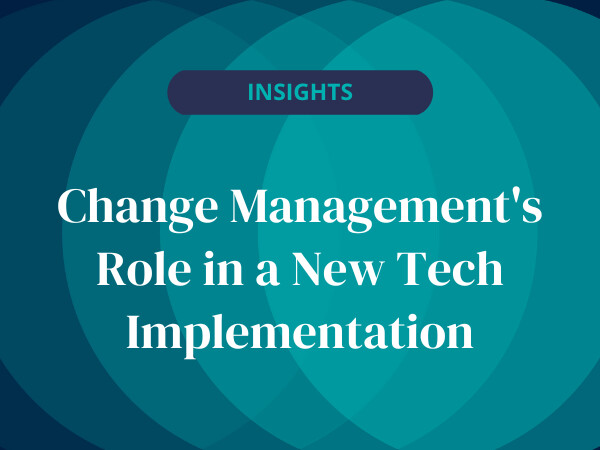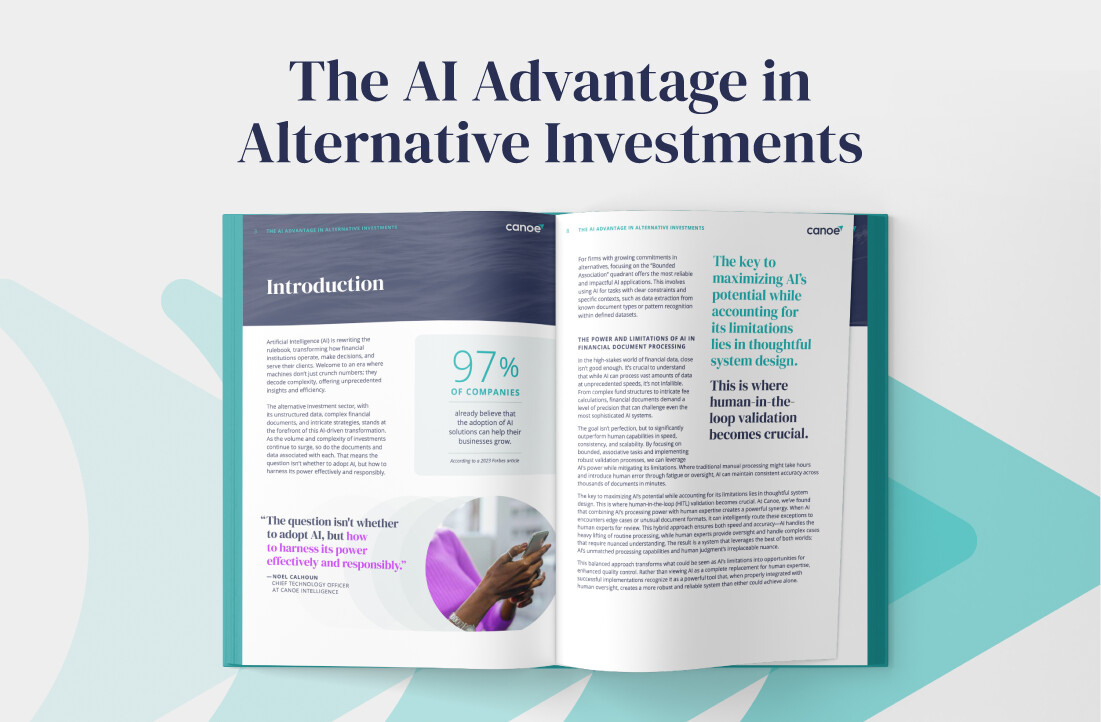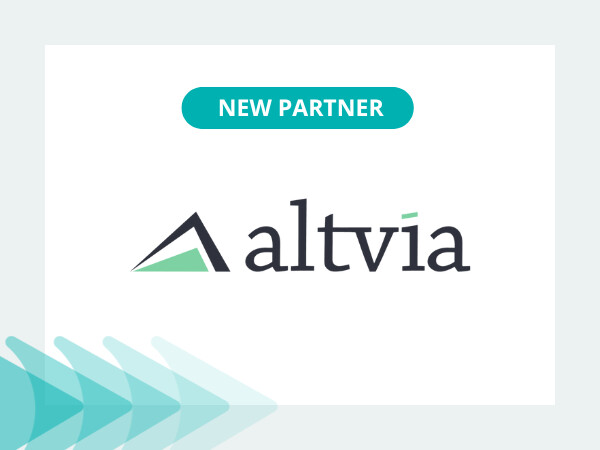Manual Data Entry is Costing Investment Firms Up to $4 Million a Year. Why?
How many documents are regularly managed by institutional investors or wealth managers? The number could easily reach into the hundreds of thousands, leading to an overwhelming amount of data that must be organized and standardized. Consequently, investment operational teams can become inundated, raising the risk of data errors and oversight.
Fallout from Overwhelmed Performance Reporting Processes
Traditionally, wealth managers and investment allocators aggregate data from myriad documents – Capital Account Statements, Capital Call Notices, Distribution Notices, K-1’s, Hedge Fund Fact Sheets, Performance Estimate Emails, Audited Financials, Investor Letters, and Subscription Documents among others. All of these documents need to be triaged from emails or portals, then categorized, stored, and renamed. Relevant data needs to be identified, extracted, reconciled, and ultimately delivered to reporting systems. This all must happen as quickly as possible, with absolutely no errors. The task is daunting, but it’s a necessary evil within the broader performance reporting accounting processes.
Firms have traditionally built operational teams to manually manage this critical workflow – needless to say, the manual nature of this process can create serious risks, and those risks only accelerate as firms scale. The sheer volume of keystrokes per day can vary between 10,000 and 15,000, depending on whether the data must be captured from images or text. And of course, these documents are not consistently formatted or delivered with a regular cadence. When considering formatting issues, missing values, restatements, complex text interpretations, and other factors, firms are left with much room for error.
And, because manual data entry needs quality control to ensure that crucial information has been accurately entered (a result of all the issues outlined above, and many others), firms end up building robust processes and hiring additional staff to check the work of the manual data entry team. Clearly, this response increases already spiraling costs and adds time to a lengthy process that investment firms are trying desperately to make more efficient for their clients and the investment team.
How Do You Determine the Cost of Manual Entry?
As outlined, there are many variables affecting the costs associated with traditional operational and data processes. The number of documents, amount of data from each document, time it takes to triage email and categorize documents, error checking efficiency, and the hourly rates of employees or resources. Even applying rudimentary and conservative assumptions around these variables, costs can add up quickly.
Here are some examples:
- Small investment firms (UHNW Individuals, Single Family Offices, Breakaway RIAs, Endowments, Foundations) can ingest and process between 50 to 5,500 documents each month, extract between 12,500 and 540,000 key data points, and spend between $9,000 to $150,000 annually managing this process
- Medium-sized investment firms (Large Single Family Offices, Multi-Family Offices, Wealth Management Firms, Pension Funds, PE FoFs, OCIOs) can ingest and process between 11,000 to 56,000 documents each month, extract between 1,080,000 and 5,400,000 key data points, and spend between $315,000 to $900,000 annually managing this process.
- Large-sized investment firms (Investment Consultants, Large PE FoFs, LP Administrators, Large OCIOs, Large Wealth Managers, Private Banks) can ingest and process between 112,500 to 225,000 documents each month, extract between 10,800,000 and 21,600,000 key data points a year, and spend between $1.8 million to $3.6 million annually managing this process.
Alternatives to Manual Data Entry
Investment reporting solutions exist beyond the potentially costly method of manual data entry. At Canoe, we’re focused on using technology to transform the overly manual processes related to alternative investment operations and reporting. Introducing a product built for purpose and relied upon by institutional investors since 2013 into this workflow allows firms to eliminate errors, reduce latency, and save countless hours and budget. With technology, firms can gain control of their operational processes related to alternatives and put in place a foundation fit for efficient and profitable growth. A new era isn’t just possible, it’s here.
This new software from Canoe will significantly improve how wealth manager reporting services collect, collate, secure, and report data for their clients. Are you ready to learn more? Contact Canoe Software today to schedule a free demo.




